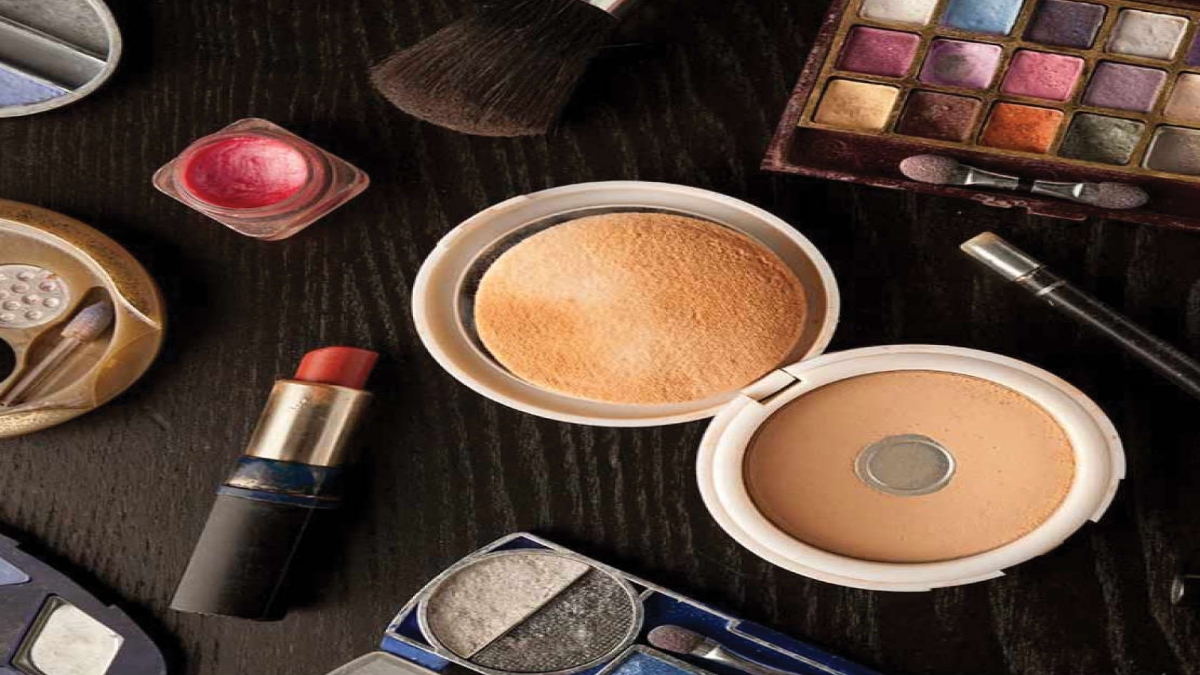


Mica is a mineral that has been prized for generations due to its unusual lustre. However, its numerous applications in modern items have elevated it to the status of a precious commodity. Mica provides car paints their shine, is utilised in construction materials, and as an insulator in computer circuits. It is found in lasers and radar.
Mica is responsible for the shine in cosmetics such as eyeshadow, nail paint, lipstick, and concealer. The mineral is easily available, of good grade, and in high demand from all over the world.
The district of Jharkhand possesses the world’s biggest known mica reserves. Mica mining in India goes back to the mid- and late-nineteenth century, when railway tracks were being erected in the Bengal-Nagpur region. By the 1950s, roughly 700 mica mines were functioning, employing around 24,000 people. As to the Jharkhand State Mineral Development Corporation Ltd, the total mica resource in Jharkhand was 13,554 tonne. This comprises insulating bricks and mica powder. However, the Department of Mines and Geology of the Jharkhand government puts the mica reserves and resources of Jharkhand at 0.02 million tonnes.
However, the mica mines were closed after the Forest Conservation Act of 1980 prohibited mica mining in Jharkhand. However, the prohibition had little good impact on the peasants’ life. There was no activity made to restore the mines, and residents continued to visit these abandoned mines to gather mica flakes. Child labourers mine the mica that gives the globe its shine in the hills of Jharkhand, India. This industry is reliant on a large unskilled workforce, compelled to labour on ever-lower wages where Work is difficult and risky. Children labouring in the mines are at risk of snake and scorpion bites, and the hollowed-out caverns they mine in frequently collapse. They have wounds and skin infections, and they get respiratory ailments including bronchitis, silicosis, and asthma. Villagers, generally dressed in vests and half-pants, use ropes and handcrafted bamboo platforms to access the 5-8 foot deep rat-holes..
According to the government’s Bureau of Mines, India produces around 15,000 tonnes of crude and scrap mica each year.
However, the sector here is nothing better than a black market, reliant on a large unskilled labour compelled to work for ever-lower wages. Profits are made at the expense of children. In 2011-12, India sold more than 130,000 tonnes – more than eight times the official production level – with China receiving more than half of it.
Mica, which is used in cosmetics, has previously been connected to child labour. Merck KGaA, a German pharmaceutical and chemical business that sells mica to cosmetics companies all over the world, notably S. Black in London, was accused of using minors to mine mica in India in 2009.
Human rights groups working in the region believe that people do not reveal such casualties for fear of tightening the noose around illicit mica mining, which is their sole source of income. They claim that over a half-dozen youngsters died in mica mines in 2019-2020, but no first information reports were filed with the local police station. Human rights activists working in the area claim that villagers do not disclose such casualties for fear of tightening the noose around illegal mica mining, which is their sole source of income. They claim that around a half-dozen children died in mica mines in 2019-2020, but no first information reports were filed with the local police station. Ehtesham Waquarib, the superintendent of police (SP) for the Koderma district, stated that no complaints about fatalities in mica mines had been filed with the police since he took over.
MICA: INFILTRATOR AND PROVIDER
For the 5,000 or so impoverished households in Jharkhand’s Giridih and Koderma districts, dhibra – the local word for low-quality mica flakes – is both a provider and a murderer. “Mica mining has been banned for decades, but several hundred villagers still risk their lives every day to extract mica from the forest areas and sell them at a throwaway price to middlemen, who export the mineral to other countries via Kolkata,” said Rishikesh Mishra, secretary of the Indian National Mines Workers Federation (INMWF), claiming that the illegally extracted mica from Jharkhand was primarily used in China’s automobile industry.
India is one of the world’s largest producers of mica, which is used in the automotive and construction industries, as well as electronics and cosmetics. According to the researchers, Jharkhand produced the highest quality mica, which was exported to foreign countries in the 1970s.
AUTHOR’S CONTENTION
The problem is being addressed slowly. In North-East India, where child labour in the mica sector has been on the cosmetics industry’s radar for roughly ten years, the government did decide to formalise the mines with licences in an effort to eliminate child labour and terrible working conditions.stats, on the other hand, clearly show that much more needs to be done in this direction to save the future of these little hands.mica dust is one of the leading causes of tuberculosis in the area. Mica miners are prone to lung illnesses, and surrounding people are especially vulnerable due to a lack of protective equipment and awareness. Besides mine cave-in, tuberculosis and other lung ailments claim several lives here. At the end of the day, it is up to us to choose how much society is willing to pay for the cosmetics that are sold all over the world.